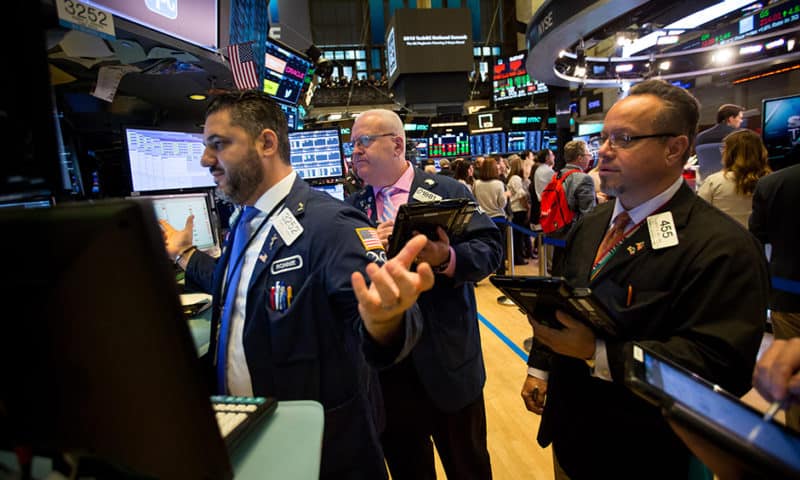EUR/JPY: recovers some ground on higher equities, but price remains deep in bear territory
- EUR/JPY has recovered from the lowest levels since late August as benchmark indexes on Wall Street battle their way back from out of oversold conditions.
- USD/JPY takes back the 112 handle and trades within familiar ranges.
- Yen shorts drop back dropped back for a second consecutive week.
EUR/JPY has been strong at the start of the week despite German Chancellor Merkel’s governing coalition party has losing significant support in the wealthy state of Hesse, home to the financial centre of Frankfurt. Both the CDU party and SPD were -10% on the previous election in the Hesse state. “Germans are calling this a ‘schicksalswahl’, or vote of destiny. It may yet seal the fate of this country’s government – and perhaps even its leader,” The BBC reported – (The CDU polled just 28% of the vote. That was down from 38.3% in 2013. The SPD won 20% down from 30.7% in 2013. The Greens came in a close third at 19.5%).




















